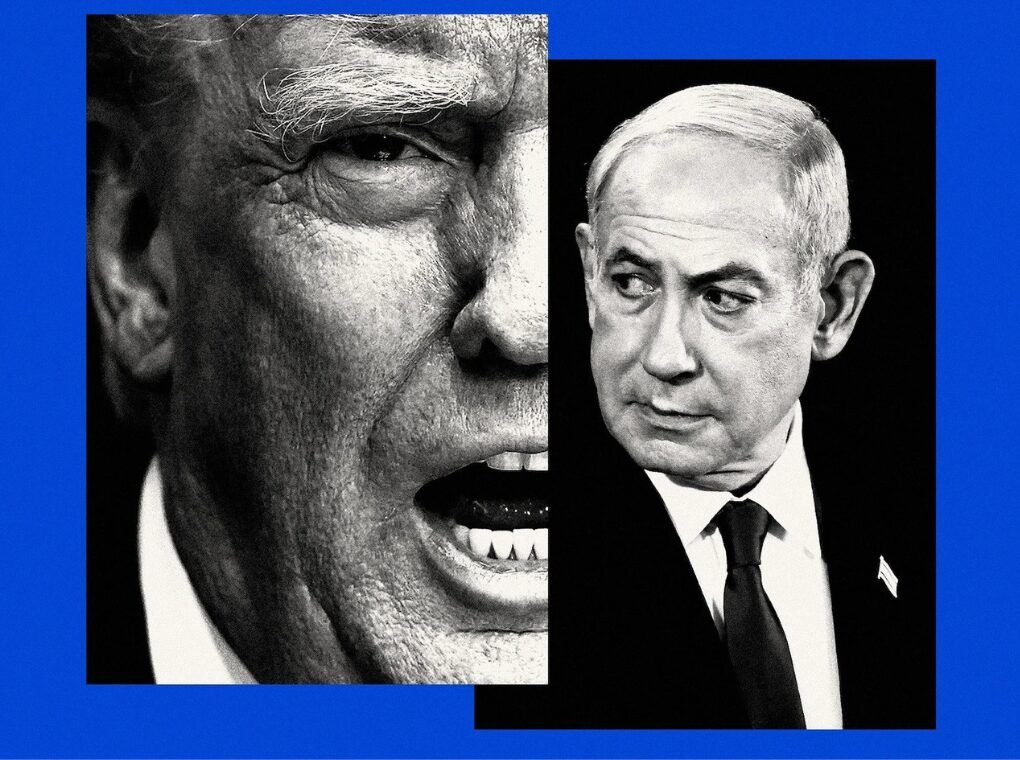Israeli Prime Minister Benjamin Netanyahu’s July 2025 visit to the United States marked his third trip to Washington since President Donald Trump’s return to office in January.
The visit occurred at a pivotal moment, with the Middle East embroiled in protracted conflict, U.S. domestic politics in flux, and mounting international scrutiny of Israel’s actions in Gaza.
The trip was characterized by high-stakes diplomacy, strategic maneuvering, and intense political theater, both in Washington and abroad.
Key Objectives of the Visit
Gaza Ceasefire and Hostage Release
Ceasefire Negotiations: The central diplomatic effort during Netanyahu’s July 2025 U.S. visit was advancing a new ceasefire between Israel and Hamas, following 21 months of intense conflict in Gaza.
The U.S. administration, under President Trump, played a pivotal role as mediator, aiming to broker an agreement that would halt hostilities and address the humanitarian crisis.
Structure of the Ceasefire Proposal: The latest proposal centers on a 60-day ceasefire. During this period, Hamas would release 10 living hostages and 18 deceased hostages, while Israeli forces would withdraw to a buffer zone along Gaza’s borders with Israel and Egypt.
The agreement also mandates the entry of significant humanitarian aid, to be distributed by UN agencies and the Palestinian Red Crescent.
Phased Approach: The ceasefire is designed as a multi-stage process. Initially, there would be a temporary halt to fighting, with negotiations for a permanent ceasefire to occur during the 60-day window. This approach is intended to bridge the gap between Israel’s insistence on a temporary truce and Hamas’s demand for a permanent end to the war.
Palestinian Relocation Proposal: The controversial idea of relocating Palestinians from Gaza and transforming the territory into a luxury development was discussed, drawing condemnation from human rights groups and rejection from regional stakeholders.
Trump’s Personal Guarantee: To reassure Hamas, the proposal includes a personal guarantee from President Trump that Israel will adhere to the ceasefire, aiming to prevent a repeat of previous breakdowns when Israel resumed military operations after temporary truces expired.
The meeting came after the latest rounds of indirect ceasefire talks between Israel and Hamas in Qatar ended without a breakthrough. The US president has expressed increasing concern over the conflict in Gaza in recent weeks and believes there is a “good chance” of reaching a ceasefire.
Iran and Regional Security
Another key priority for Netanyahu’s visit was to further align U.S. and Israeli strategies on Iran following their recent joint strikes on Iranian nuclear facilities and the subsequent U.S.-brokered ceasefire that ended a brief Israel-Iran air war.
In meetings, Netanyahu and Trump discussed the risks of renewed hostilities and the possibility that Iran could attempt to rebuild its nuclear program, with Israel now expecting continued U.S. backing for any future Israeli military action should Iran resume nuclear activities or seek to recover enriched uranium left after the strikes.
U.S.-Israel Relations and Political Optics
The relationship between Netanyahu and Trump is transactional and pragmatic, marked by mutual necessity rather than personal warmth. Trump views Netanyahu as essential to his legacy-building ambitions in the Middle East, particularly his pursuit of a Nobel Peace Prize for brokering a Gaza ceasefire.
It is believed that Trump applied significant pressure on Netanyahu to accept terms for a ceasefire and hostage release, leveraging U.S. support for Israel’s military campaigns and signaling willingness to engage Iran diplomatically.
Netanyahu’s visit was shadowed by the International Criminal Court’s pursuit of arrest warrants against him and other leaders for alleged war crimes in Gaza. The U.S. administration has rejected the ICC’s actions.
The visit sparked large-scale protests in Washington, with demonstrators calling for Netanyahu’s arrest and an end to the Gaza war. The Israeli leader’s address to Congress was boycotted by dozens of lawmakers, reflecting deep divisions within the U.S. political establishment.
Netanyahu’s domestic position remains precarious, facing criticism from both the Israeli public and coalition partners over his handling of the war and his perceived reluctance to finalize a ceasefire deal.
Also Read: Trump plans to take over Gaza permanently
Netanyahu’s 2025 U.S. visit was emblematic of the high-wire act of Middle East diplomacy: fraught with tension, rich in symbolism, and consequential for the region’s future. It showcased the intricate interplay of personal ambition, national security, and international law, with the fate of Gaza and the broader Middle East hanging in the balance.
